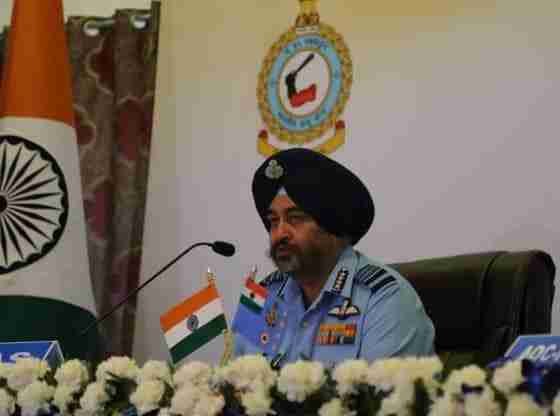A Slice of Afghan Pie
About two years ago, while moderating a session at a well-attended international conference in London, I dared to state in the presence of some well-known US and Pakistani academics that America had rushed into the wrong country after the 9/11 attacks. They should have gone into Pakistan! This shocked and upset some of them. But with more than 70,000 Afghans and some 3,400 foreign soldiers dead, and a bill in excess of a trillion dollars, do we need more proof about this American blunder? No wonder the late US envoy to the region, Richard Holbrooke, vented his frustration by saying, “We may be fighting the wrong enemy in the wrong country.” That was precisely my point. The real enemy lay across the Durand Line.
Pakistan had, however, convinced most of these “informed” western analysts that it was their ally and could be relied on to fight al Qaeda and the “bad” Taliban. The “good” Taliban was the one that could be bought out and was invited to all those talks to pave the way for a half-decent American exit! A recent book, The Wrong Enemy, by Carlotta Gall confirms the double game that Pakistan’s military hawks have been playing by training and using Taliban fanatics to attack the US, British and even Indians in Afghanistan, while sheltering al Qaeda leaders in Abbottabad (as they did with Osama bin Laden). But being more concerned about its relations with a nuclear rogue, the US continued to pour billions into Pakistan.
Pakistan’s aim was to keep its proxy forces ready to take over Afghanistan once the US and NATO left. Fearing a back to the past situation, the Americans prodded the Manmohan Singh government to build Afghanistan’s infrastructure, with Indian projects worth $2 billion spread throughout the country. However, despite all the good work, there was little recognition and India was sidelined at the London and Chicago conferences. But as Manmohan’s foreign policy goals are often driven by his own dreams, New Delhi went ahead with support for the development of the Iranian port of Chabahar for eventual access to Afghanistan as Pakistan would refuse land transit to Indian goods.
But Afghanistan is still a shambles and the one American agency that could have done some good there, US Agency for International Aid, was systematically depleted of resources by America’s hawks as Washington’s only focus was its own (not a global) “war on terror”. Apparently, Afghanistan requires $5 billion annually for several years to become a functional state. It has no financial system worth the name, no laws that are followed and a police force incapable of enforcing stability in a land where the writ of the warlords counts.
The US has tried hard to put together a military and police force, but it is India that decided to pay for Russian weapons to be supplied to the Afghan forces! What does New Delhi hope to achieve with the much-trumpeted Indo-Afghan strategic partnership? What it will certainly do is get Pakistan’s back up and encourage the ISI to organise more attacks on Indian mission staff to scare them into leaving. Though it is estimated that Afghanistan has mineral wealth in excess of $3 trillion (which China is quickly signing up for), unless Delhi is more aggressive, India will get nothing more than gratitude.
(The authors are with Security Watch India, an Counter Terrorism Initiative. These are their personal views.)
Maroof Raza, an ex-army officer, is publisher of Salute, a fortnightly on the armed forces, and strategic affairs consultant on newschannel Times Now.



